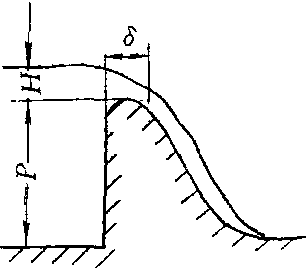实用堰weir with free fall
堰顶厚度δ介于0.67H与2.5H(H为堰上水头)之间的堰。此时水舌形状和过堰流量受堰顶厚度的影响。由于堰顶较厚,水舌下缘与堰顶呈面的接触,水流受堰顶的约束和顶托,在重力作用下自由跌落。堰型有折线型和曲线型两种。前者多用于小型工程,后者多用于大中型工程。

实用堰
| 词条 | 实用堰 |
| 类别 | 中文百科知识 |
| 释义 | 实用堰weir with free fall堰顶厚度δ介于0.67H与2.5H(H为堰上水头)之间的堰。此时水舌形状和过堰流量受堰顶厚度的影响。由于堰顶较厚,水舌下缘与堰顶呈面的接触,水流受堰顶的约束和顶托,在重力作用下自由跌落。堰型有折线型和曲线型两种。前者多用于小型工程,后者多用于大中型工程。
实用堰 |
| 随便看 |
开放百科全书收录579518条英语、德语、日语等多语种百科知识,基本涵盖了大多数领域的百科知识,是一部内容自由、开放的电子版国际百科全书。